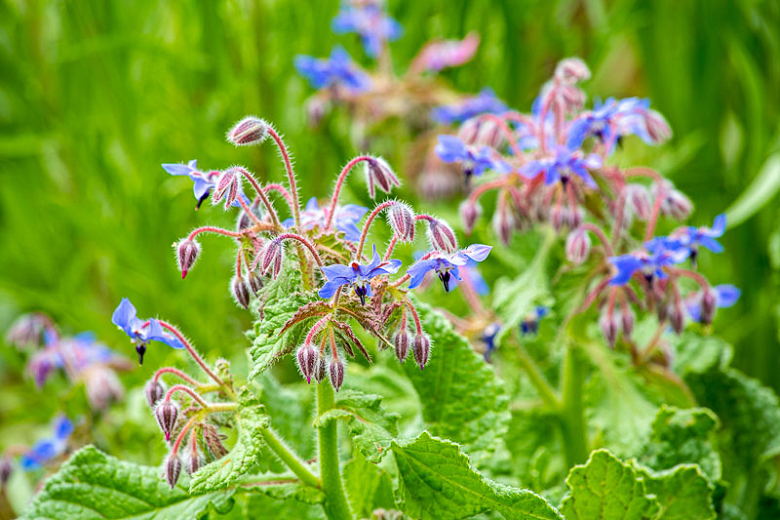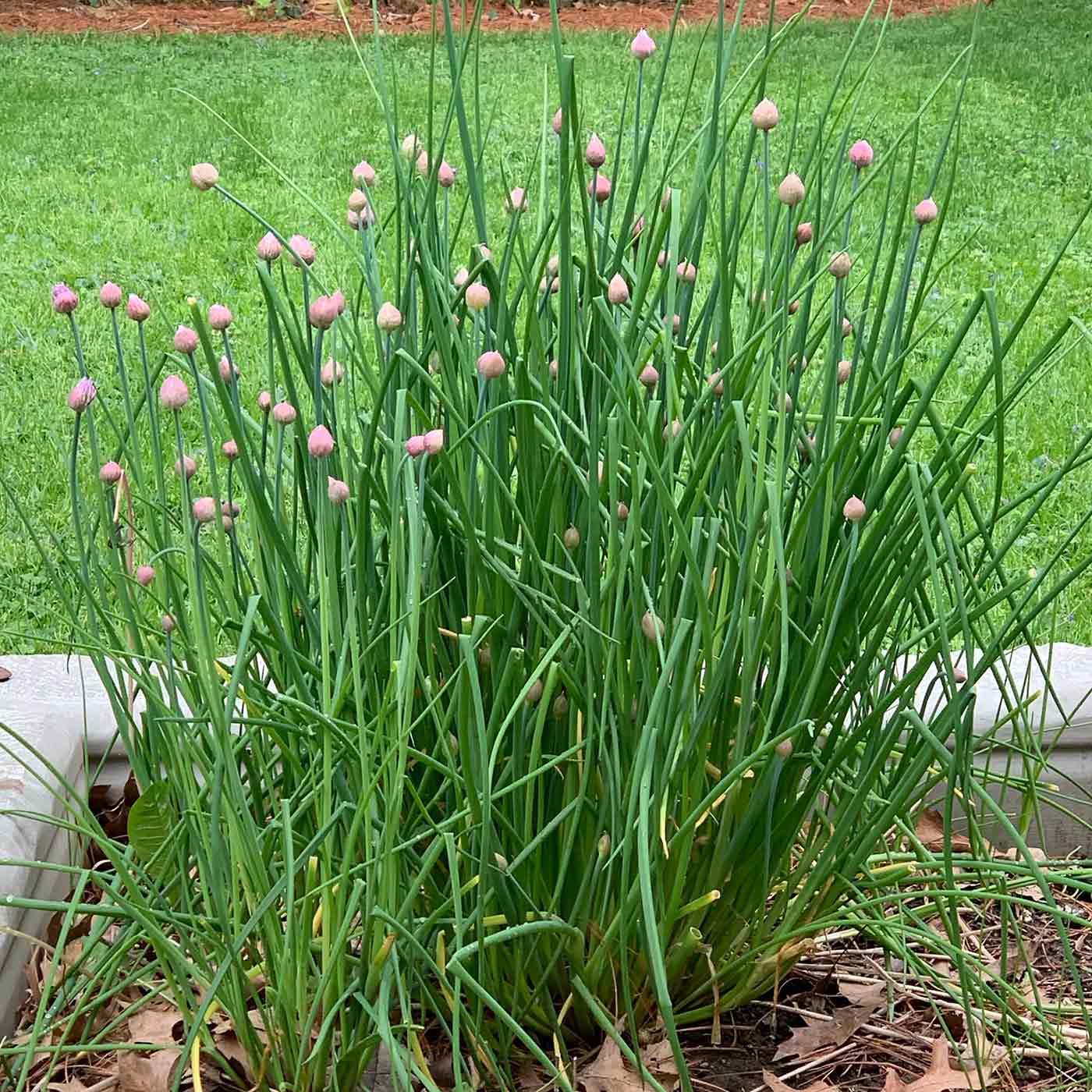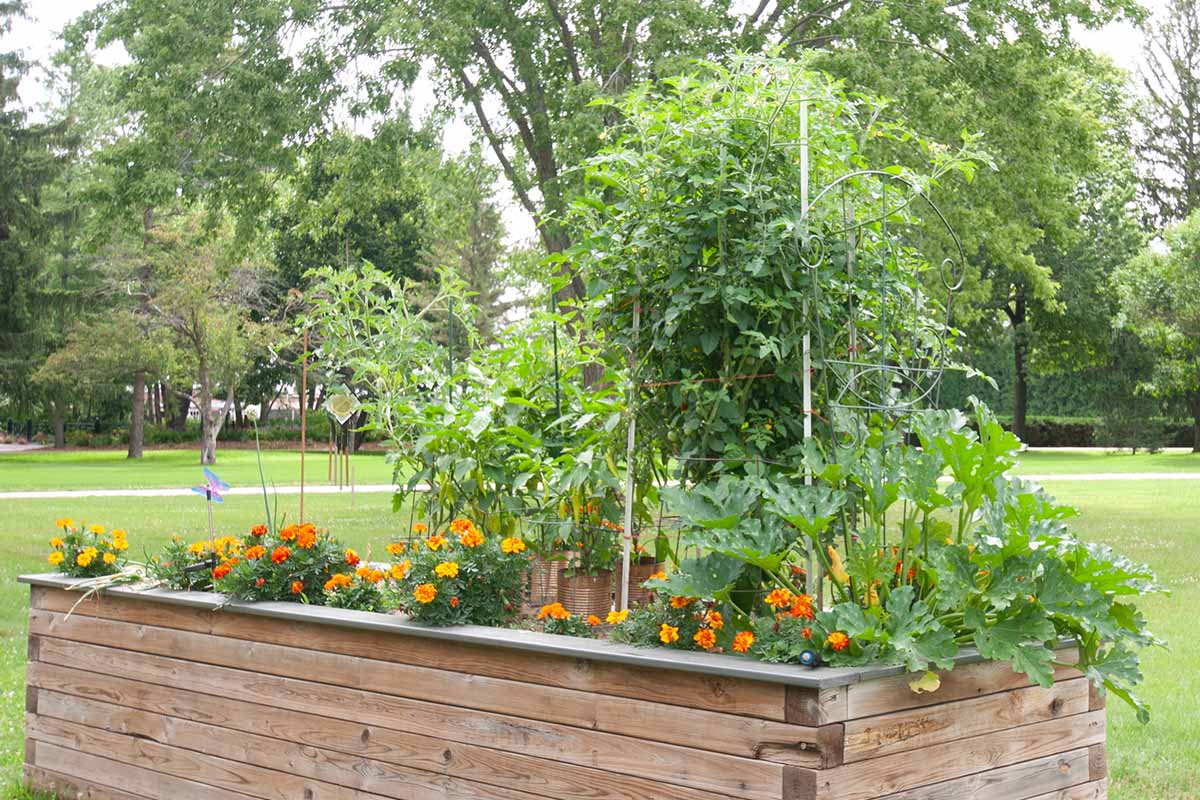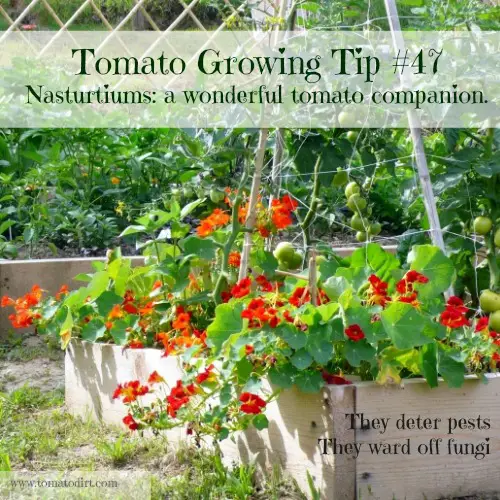The Best Tomato Companions That Will Boost Your Harvest
The Best Tomato Companions That Will Boost Your Harvest
Tomatoes are a popular vegetable to grow in the garden, and for good reason. They're delicious, versatile, and relatively easy to care for. But did you know that there are certain plants that can actually help to boost your tomato harvest?
That's right, companion planting is a great way to improve the health and productivity of your tomato plants. By planting certain companion plants near your tomatoes, you can help to attract beneficial insects, deter pests, and improve the soil quality.
In this blog post, we'll take a look at some of the best tomato companions. We'll discuss the benefits of companion planting and provide some tips on how to get started.
What is Companion Planting?
Companion planting is the practice of planting certain plants together in order to benefit each other. Some plants can help to attract beneficial insects, deter pests, or improve the soil quality. By planting companion plants together, you can create a more balanced and healthy garden ecosystem.
Why Companion Plant Tomatoes?
Tomatoes are a heavy feeder, so they benefit from being planted near nitrogen-fixing plants. Nitrogen-fixing plants, such as beans and peas, can help to improve the soil quality and provide your tomatoes with the nutrients they need to thrive.
Tomatoes also attract a number of pests, such as aphids, tomato hornworms, and whiteflies. Companion planting can help to deter these pests by attracting beneficial insects, such as ladybugs and lacewings. These beneficial insects will prey on the pests that are threatening your tomatoes.
Some of the Best Tomato Companions
Here are some of the best tomato companions:
- Basil: Basil is a classic tomato companion. It not only helps to improve the flavor of tomatoes, but it also helps to deter pests. Basil can also help to repel mosquitoes, which is a bonus if you're growing tomatoes in your garden.
- Marigolds: Marigolds are another great tomato companion. They help to deter a variety of pests, including aphids, whiteflies, and nematodes. Marigolds also help to improve the soil quality by attracting beneficial nematodes.

- Nasturtiums: Nasturtiums are another pest-deterrent plant. They help to repel aphids, whiteflies, and flea beetles. Nasturtiums are also edible, so you can add them to your salads or sandwiches.

- Borage: Borage is a flowering plant that helps to attract beneficial insects, such as ladybugs and lacewings. These beneficial insects will prey on the pests that are threatening your tomatoes. Borage also helps to improve the soil quality by fixing nitrogen.

- Carrots: Carrots help to improve the soil structure and aerate the soil around your tomatoes. They also help to attract beneficial nematodes.
- Peas: Peas are nitrogen-fixing plants, so they can help to improve the soil quality and provide your tomatoes with the nutrients they need to thrive. Peas also help to suppress weeds.
- Onions: Onions help to repel a variety of pests, including aphids, whiteflies, and nematodes. They also help to improve the flavor of tomatoes.
- Chives: Chives are another pest-deterrent plant. They help to repel aphids, whiteflies, and spider mites. Chives are also edible, so you can add them to your salads or sandwiches.

How to Get Started with Companion Planting
To get started with companion planting, you'll need to choose the right plants. Not all plants are compatible with each other, so it's important to do your research. Once you've chosen your plants, you'll need to plant them in the right location. Companion plants should be planted in close proximity to each other, but not too close. You'll also need to make sure that the plants have similar water and sunlight needs.
Conclusion
Companion planting is a great way to improve the health and productivity of your tomato plants. By planting certain companion plants near your tomatoes, you can help to attract beneficial insects, deter pests, and improve the soil quality.
If you're looking for ways to boost your tomato harvest, companion planting is a great place to start. With a little planning and effort, you can create a more balanced and healthy garden ecosystem that will reward you with delicious, homegrown tomatoes.
Tomatoes are a popular garden vegetable, but they can be susceptible to pests and diseases. One way to help protect your tomatoes is to plant them with companion plants. Companion plants are those that benefit each other when they are planted together. For tomatoes, some good companion plants include:
- Marigolds: Marigolds have a strong scent that deters pests like tomato hornworms and aphids.
- Garlic: Garlic helps to repel nematodes, which are microscopic worms that can damage tomato roots.
- Onions: Onions have similar pest-repelling properties to garlic.
- Basil: Basil helps to improve the flavor of tomatoes and also repels some pests.
- Chives: Chives are another good insect repellent for tomatoes.
- Asparagus: Asparagus helps to improve the soil drainage around tomatoes, which can help to prevent root rot.
- Celery: Celery helps to attract beneficial insects that prey on tomato pests.
If you are looking for more information about tomato companions, I recommend visiting Gardenia Inspiration. This website has a wealth of information on companion planting, including a list of the best companion plants for tomatoes.
FAQ of tomato companions
Q: What are tomato companions?
A: Tomato companions are plants that can be planted near tomatoes to help improve their growth and productivity. Some common tomato companions include basil, marigolds, nasturtiums, and sunflowers. These plants can help to deter pests, attract beneficial insects, and improve the overall health of the tomato plants.
Q: What are the benefits of planting tomato companions?
A: There are many benefits to planting tomato companions. Some of the most common benefits include:
- Deterrent to pests: Certain tomato companions, such as marigolds and nasturtiums, can help to deter pests such as aphids, whiteflies, and tomato hornworms.
- Attraction of beneficial insects: Other tomato companions, such as basil and borage, can attract beneficial insects such as ladybugs and hoverflies. These insects help to control pests and pollinate the tomato plants.
- Improved soil health: Some tomato companions, such as beans and peas, can help to improve the soil health by fixing nitrogen. This can benefit the tomato plants and other plants in the garden.
- Reduced competition for resources: By planting tomato companions that have different growing requirements, you can help to reduce competition for resources such as water and sunlight. This can help the tomato plants to grow more vigorously and produce a better crop.
Q: What are some good tomato companions?
A: Some of the best tomato companions include:
- Basil: Basil is a fragrant herb that can help to deter pests and attract beneficial insects. It also helps to improve the flavor of tomatoes.
- Marigolds: Marigolds are another fragrant herb that can help to deter pests. They also help to improve the drainage of the soil, which can benefit tomato plants.
- Nasturtiums: Nasturtiums are a colorful flowering plant that can help to deter pests and attract beneficial insects. They also help to improve the nitrogen levels in the soil.
- Sunflowers: Sunflowers are tall plants that can provide shade for tomato plants. They also help to attract beneficial insects and improve the pollination of tomatoes.
- Beans: Beans are nitrogen-fixing plants that can help to improve the soil health for tomato plants. They also help to suppress weeds.
Q: How should I plant tomato companions?
A: When planting tomato companions, it is important to consider the size and growth habit of the plants. Taller plants, such as sunflowers, should be planted at the back of the garden, while shorter plants, such as basil, can be planted in front. It is also important to space the plants appropriately so that they have enough room to grow.
Image of tomato companions
5 different images of tomato companions from Pinterest:
- Basil: Basil is a great companion plant for tomatoes because it helps to repel tomato hornworms and other pests. It also helps to improve the flavor of tomatoes.
- Cucumbers: Cucumbers and tomatoes are both heavy feeders, so they benefit from being planted together. Cucumbers also help to shade the roots of tomatoes, which can help to prevent them from drying out.
- Marigolds: Marigolds are known for their insect-repelling properties, so they can help to protect tomatoes from pests like aphids and whiteflies. They also add a splash of color to the garden.

- Nasturtiums: Nasturtiums are another insect-repelling plant that can be beneficial to tomatoes. They also help to improve the drainage of the soil, which can help to prevent tomatoes from developing root rot.

- Peas: Peas are a nitrogen-fixing plant, which means they can help to improve the nitrogen content of the soil. This can benefit tomatoes, which are heavy feeders. Peas also provide shade for tomato roots, which can help to prevent them from drying out.
Post a Comment for "The Best Tomato Companions That Will Boost Your Harvest"